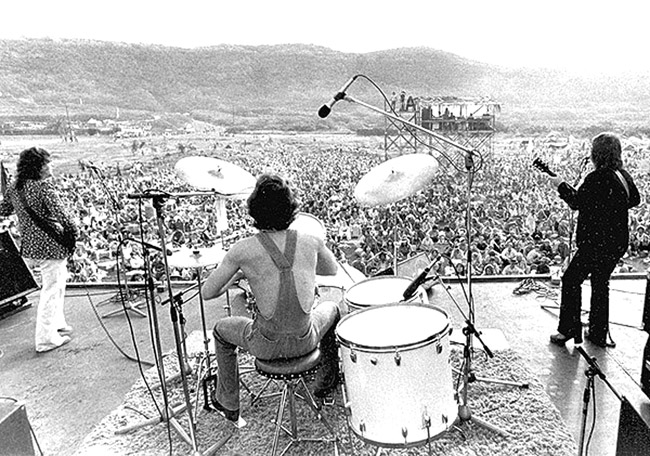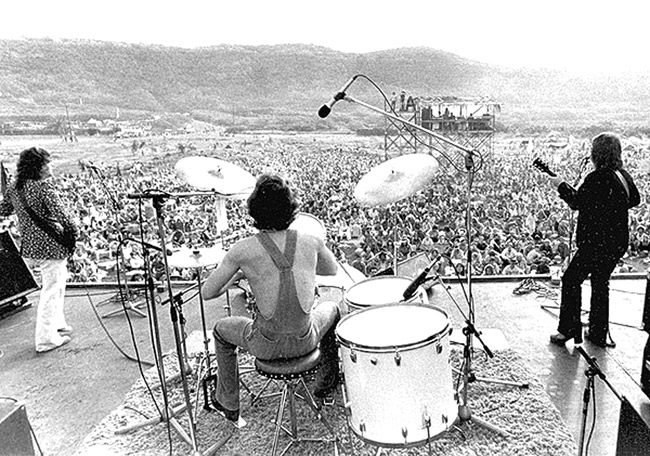More Concerts In The Crater?
Do we do more housing or more parks and open space?
Do we allocate more wilderness with public access or OK commercial incursion that brings revenue for state parks?
mw-jones-091113-crater
It’s the quintessential issue in Hawaii, and history shows incursion-for-money often winning.
The state plan was to keep Diamond Head Crater as a non-commercial, passive park.
But the Cayetano administration in 1999 got the words “for community gatherings” added. That opened the crater for concerts in 2006 and 2007.
So … Sept. 27, when the state Department of Land and Natural Resources takes up Hawaii International Music Conference’s application to hold a music festival in Diamond Head Crater this year and next for 18,000 attendees each of two weekend nights – what will the vote be?
HIMC already has permission from the board for 7,500 people each night, but wants to more than double that. Diamond Head Citizens Advisory Committee objects to concerts as contrary to the non-commercial, passive park wording of the plan. The DLNR board so far has not bought that and has preliminarily OK’d the concerts in return for a $50,000 fee.
Of course, for 36,000 people over two nights, it might demand more.
Concerts promoter Ron Gibson already is in arrears for money he promised from his 2006 concert. Now he claims the new concerts are to benefit the Polynesian Voyaging Society.
But a PVS board member tells me it’s the first he’d heard of that.
The Diamond Head Monument statute (ß6E-32) says the crater shall be used “for recreational purposes and to increase public access and enjoyment of the monument.”
That seems to be the huge loophole that gave us those previous years of “Crater Festivals.”
Who’s the front man for this latest application for commercial use of Diamond Head?
Former DLNR chairman Peter Young has been representing promoter Gibson.
In my Aug. 28 column, I inquired where the money went when the Funeral Consumers Alliance of Hawaii disbanded and failed to file dissolution papers.
Now I know.
The $23,660.82 went into the nonprofit national organization’s treasury.
That’s perfectly OK by IRS rules.
FCA national executive director John Slocum emailed me that “like many nonprofits run by volunteers, the FCA of Hawaii became stretched too thin and age and illness took their toll. Despite everyone’s best efforts, the group couldn’t be rescued. It is true that the volunteers did not notify the state of the group’s dissolution, but this was an oversight and not deliberate.”
Slocum added: “Our defunct affiliates budget is used to give seed money to newly forming consumer groups, or to help existing FCA affiliates with local initiatives. It’s never a happy event when a state’s only FCA group closes; I would much rather see the money on the ground doing specific work. But we make the best of what we have when our first choice isn’t possible.”







